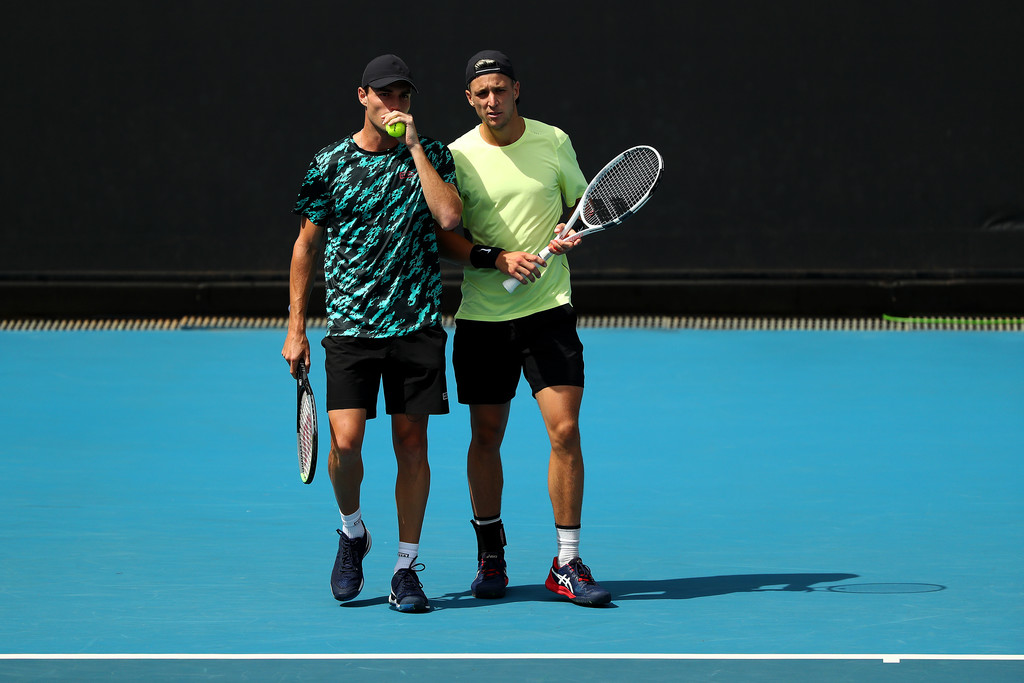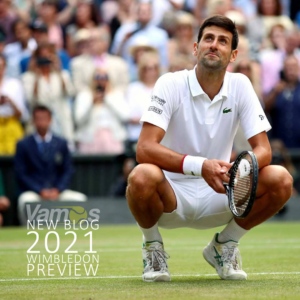“It’s not a secret – and I’ve made it pretty clear – that I think the (tennis) pay distribution has always been a bit warped.”
John Millman
Make no mistake, if you’re a player ranked outside the top 100 in the world – you are battling to survive. This is despite tennis showing steady and sustainable growth as a global sporting product, year after year, tournament after tournament. This has a lot to do with 4 of the greatest tennis players of all time having played the game for well over a decade now (Djokovic, Federer, Nadal & Serena Williams). But whilst the top players are a massive draw-card for viewers, sponsors and the like, tennis has one essential attribute at its core – a ranking system.
The ranking system provides a measure of the level of a player and affects the size of the tournament that they may enter. But for as long as I can remember, the disparity between being a top 100 player and being a player ranked outside of that has been unbelievably skewed. The sport is solely reliant upon the production of world-class players through the honing of their craft. A craft that often-times needs to be honed on the lower circuits in order to progress up the rankings and provide a pathway to being an elite player.
Despite the focus of fans being predominantly on the ATP & WTA circuits, players competing on the lower circuits are vital to the future of the game. Without them, tennis would not be able to function. The tours provide an essential proving & breeding ground for players to progress through and become the superstars we see on the big stage. Let me put it this way, without the Challenger Tour, there would be no John Millman beating Roger Federer at the US Open in 2018 (one of the biggest upsets of the decade). Is there anything better than a true underdog story?
For comparison, tennis players ranked outside the top 250 in the world would earn more from the Australian Job Keeper payment ($750 per week) than they would most weeks on the lower circuits. Speaking a few days ago, John Millman estimated he ‘wouldn’t be clearing a thing’ if he earned $200,000 a year. That is absurd when you factor in that a player like Australian world no. 116, Chris O’Connell, could have a career best year and almost crack the top 100, and only gross $115,000. And that is without accounting for the costs of a travelling tennis player – food, coach, equipment (if you are not sponsored), flights, trains, cars, accommodation. Let me put it this way – they surf a few couches during the year.

And whilst I understand that the attractiveness of tennis as a product is due to the top players and capitalistically they should earn much more money, surely the spread of the tremendous funds the game generates can be more equitable. I’m not asking for them to be remunerated anywhere near the same level as the top players, but earning a livable wage from being a player ranked outside the top 100 will ultimately be a benefit to the game and to the quality of players tennis will produce.
You shouldn’t have to go into debt just to try and ‘break through’ the lower circuits. Because we could be losing out on players who perhaps could have gone onto great things, but ultimately were forced to retire abruptly because of a lack of funds. The good news is, the ATP Players Council has announced plans to help spread funds to lower ranked players. It may have taken a global pandemic, but it has been proposed that “those ranked between 100th and 50th will contribute $5,000, for players ranked from 50th to 20th to give $10,000 and top 20 players to give $15,000, whilst top ten players donate $20,000 and the top five $30,000.” This is to help the lower ranked players, who due to COVID-19 have no way to earn a living. It is hoped that $4.5-5 million dollars can be raised for lower-ranked players.
And whilst this band aid solution will no doubt be appreciated by players ranked outside the top 100, the governing bodies of tennis need to use this time off court to analyse the pitfalls of the tour and how they can improve the livelihoods of the players that give their blood, sweat and lives to the sport.
The future of tennis is reliant upon the battler, we can’t afford to lose them.



